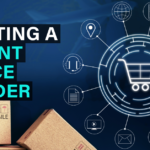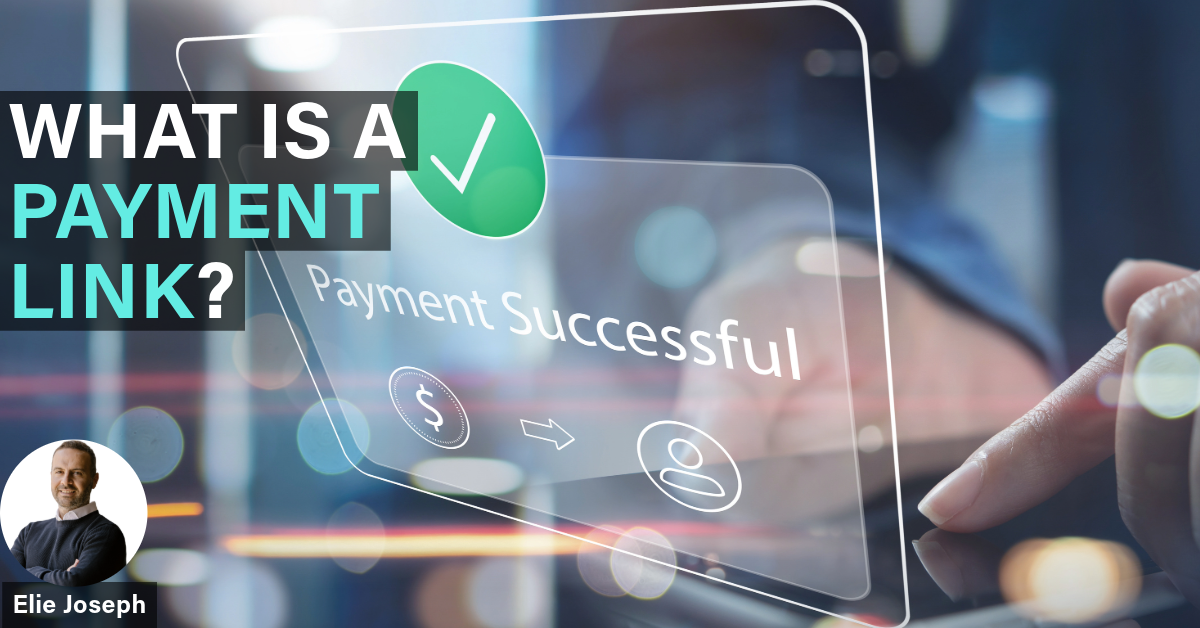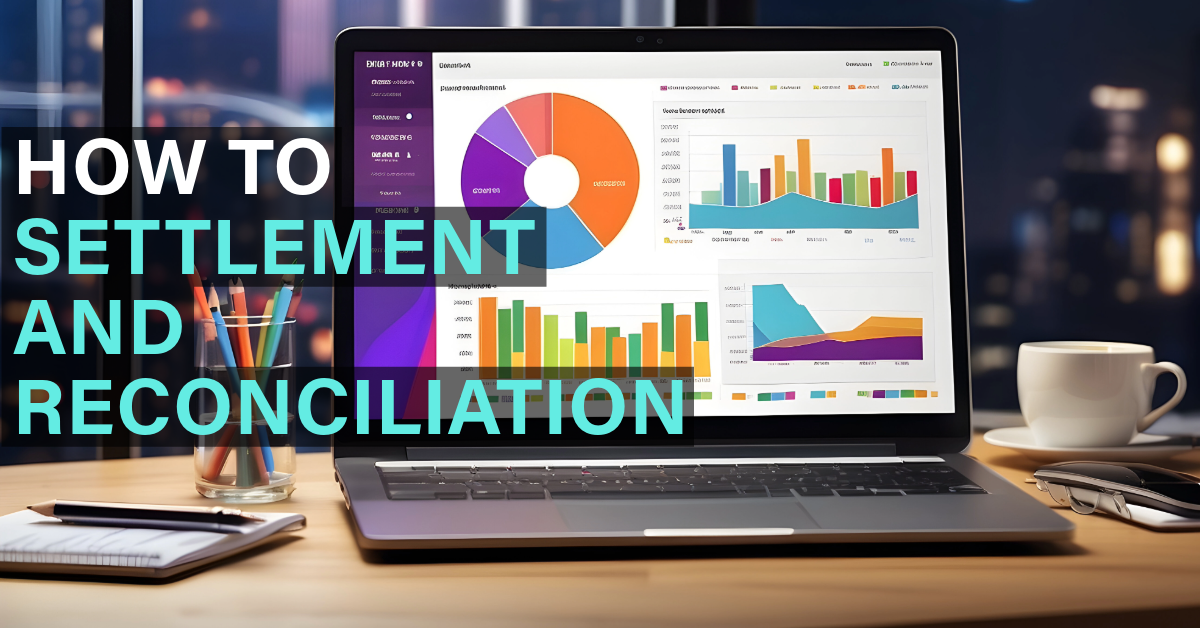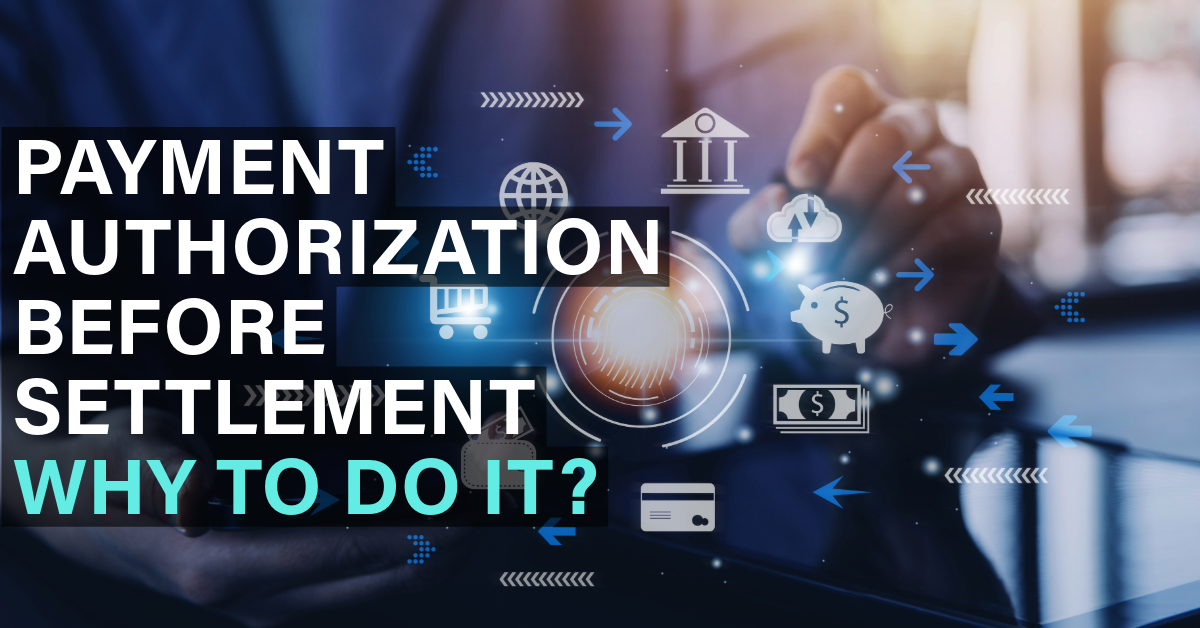
A Guide To Choosing The Right Payment Service Provider (PSP)
December 25, 2023
Mastering Payment Authorization: Elevating the Online Shopping Experience
February 9, 2024In today’s digital age, the landscape of commerce continues to evolve, providing innovative solutions to streamline transactions and facilitate seamless payments. One such innovation that has gained significant traction in recent years is the payment link.
What is a Payment Link?
A payment link is a URL generated by an individual or business and sent to another individual or business to request and collect a payment, eliminating the need for a dedicated website or payment gateway integration. This capability is typically provided by payment providers like Adyen and Stripe. When clicked, the link directs the user to a secure and PCI-compliant online payment page hosted by the same payment provider.
Benefits of Payment Links
Payment links have become increasingly popular, particularly among small businesses, freelancers, and individuals selling goods or services online. The simplicity and accessibility of payment links cater to those without the resources for complex e-commerce setups.
Use Cases:
1. Online Invoicing
Businesses use payment links to provide a convenient payment option in their invoices, allowing buyers to click the link and make quick and secure payments for rendered goods or services.
2. E-commerce Transactions
They simplify the checkout process for online stores, especially beneficial for small businesses or individuals selling products online. They enable customers to make purchases without navigating a complete e-commerce website.
3. Event Registrations
Event organizers can collect registration fees or ticket payments, providing attendees with an easy-to-use link to complete the payment process.
4. Service Payments
Freelancers, consultants, or service providers send payment links to clients for settling fees or project payments, streamlining the payment collection process without the need for complex billing systems.
5. Donations and Fundraising
Non-profits and charitable organizations utilize them for online donations, allowing supporters to click the link, set their preferred payment amount, and contribute quickly and securely.
6. Subscription Renewals
Businesses offering subscription-based services send them for subscription renewals, enabling customers to follow the link and make necessary payments for continued service access.
7. Splitting Bills
In social or group settings, links are shared to split bills or expenses, with each participant clicking the link to contribute their portion of the total amount.
8. Remote Services
Professionals offering remote services, like online tutoring or virtual consultations, use payment links to request payments from clients.
9. Custom Orders or MOTO (Mail Order/Telephone Order)
Businesses accepting custom orders or special requests use payment links to streamline the payment process, allowing customers to receive a link with specific order details for easy payment.
10. Social Media Sales
Individuals or businesses selling products through social media platforms share payment links directly with interested customers, eliminating the need for a dedicated online store.
Conclusion
These examples highlight the flexibility of payment links, making them a convenient and efficient tool for collecting funds in various payment scenarios across different contexts. They have revolutionized the way transactions are conducted in the digital era. Whether it’s facilitating online purchases, collecting payments for services rendered, or accepting donations for a cause, this method offers a simple, secure, and hassle-free solution for businesses and individuals alike. With the continued advancement of technology and the growing demand for seamless payment experiences, they are poised to play an increasingly significant role in the future of commerce.




